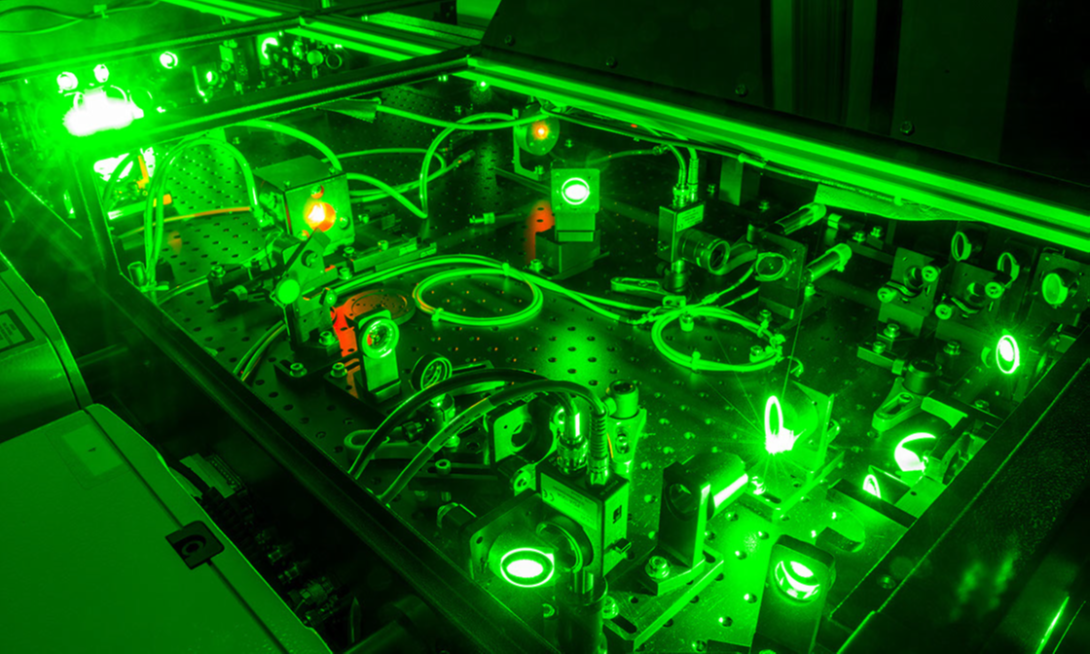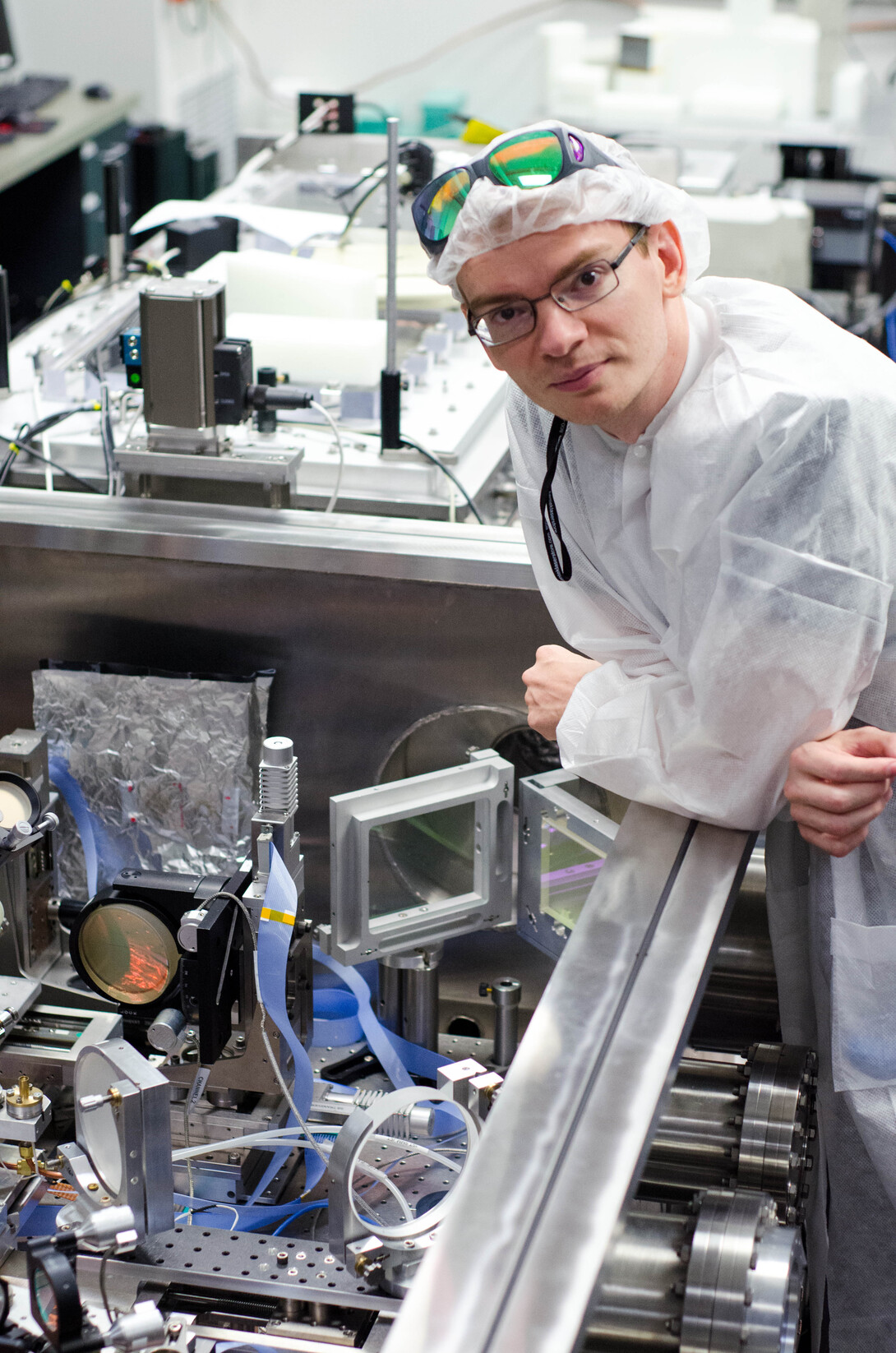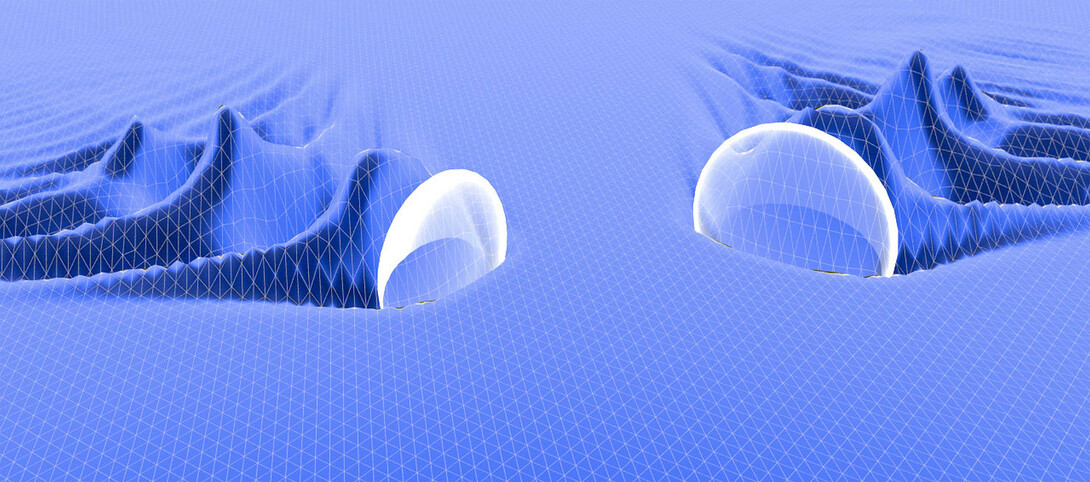
In a recent experiment at the University of Nebraska–Lincoln, plasma electrons in the paths of intense laser light pulses were almost instantly accelerated close to the speed of light.
Physics professor Donald Umstadter, who led the research, said the new application might aptly be called an “optical rocket” because of the tremendous amount of force that light exerted in the experiment. The electrons were accelerated one trillion-trillion times faster than a rocket blasting off into space.

“This new and unique application of intense light can improve the performance of compact electron accelerators,” he said. “But the novel and more general scientific aspect of our results is that the application of force of light resulted in the direct acceleration of matter.”
The optical rocket is the latest example of how the forces exerted by light can be used as tools, Umstadter said.
Normal intensity light exerts a tiny force whenever it reflects, scatters or is absorbed. One proposed application of this force is a “light sail” that could be used to propel spacecraft. Yet because the light force is exceedingly small in this case, it would need to be exerted continuously for years for the spacecraft to reach high speed.
Another type of force arises when light has an intensity gradient. One application of this light force is an “optical tweezer” that is used to manipulate microscopic objects. Here again, the force is exceedingly small.

In the Nebraska experiment, the laser pulses were focused in plasma. When electrons in the plasma were expelled from the paths of the light pulses by their gradient forces, plasma waves were driven in the wakes of the pulses, and electrons were allowed to catch the wakefield waves, which further accelerated the electrons to ultra-relativistic energy. The new application of intense light provides a means to control the initial phase of wakefield acceleration and improve the performance of a new generation of compact electron accelerators, which are expected to pave the way for a range of applications that were previously impractical because of the enormous size of conventional accelerators.
The experimental research was conducted by students and scientists at Nebraska, with senior research associate Grigoroy Golovin serving as lead author on the paper reporting the new result. Funding was provided by the National Science Foundation.
The experiment was based upon numerical modeling by scientists from Shanghai Jiao Tong University in China. Umstadter theoretically predicted the underlying mechanism two decades ago. The results were reported in September in the journal Physical Review Letters.







